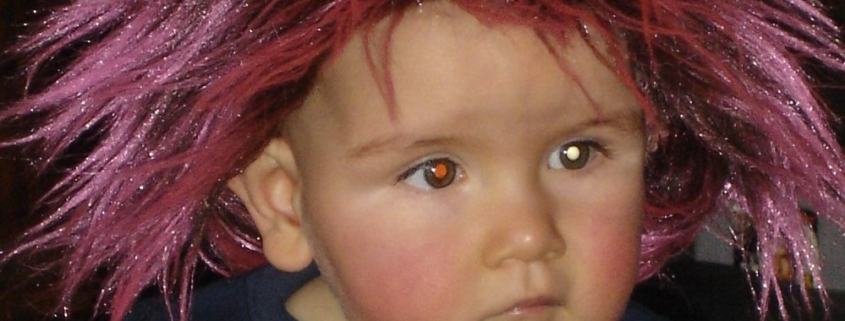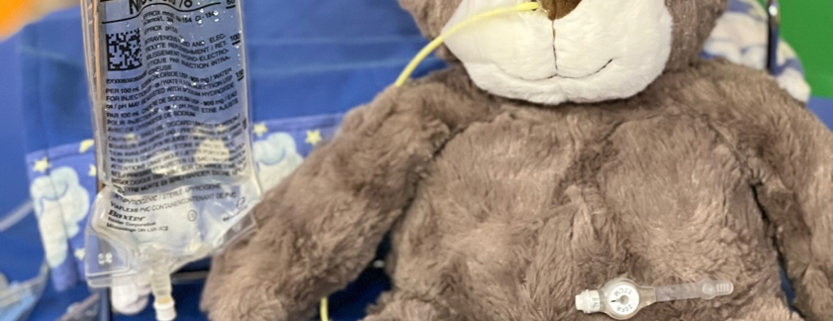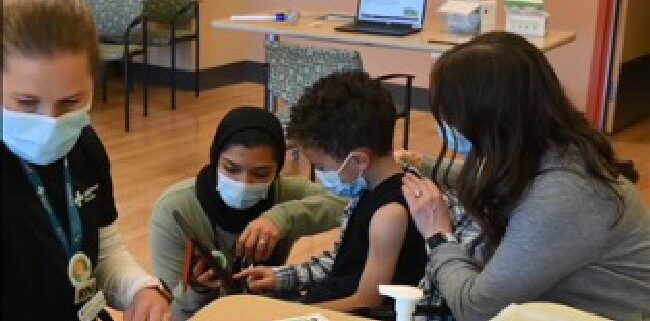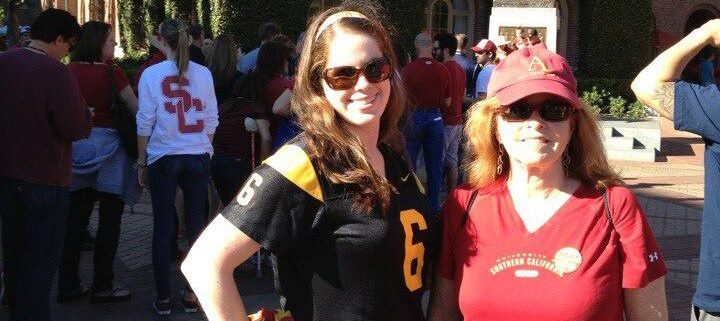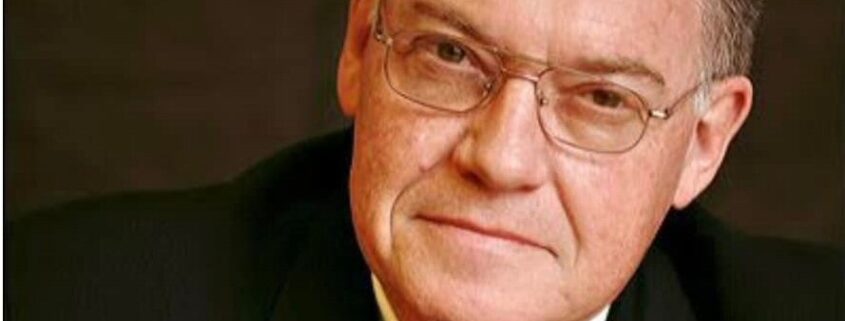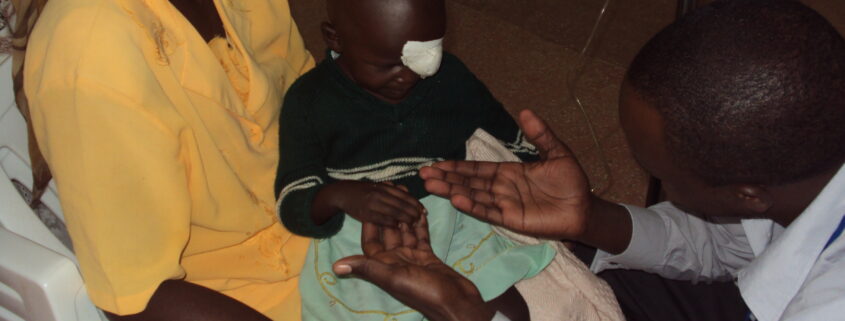7 Ways Retinoblastoma Families and Survivors Experience Survivor Guilt – part 2
Anyone affected by retinoblastoma can experience survivor guilt – survivors and siblings of all ages, parents, grandparents, partners, and others. WE C Hope CEO and Rb Survivor Abby White continues to explore the many ways in which family members experience survivor guilt, and the potential impacts during treatment and throughout life.




